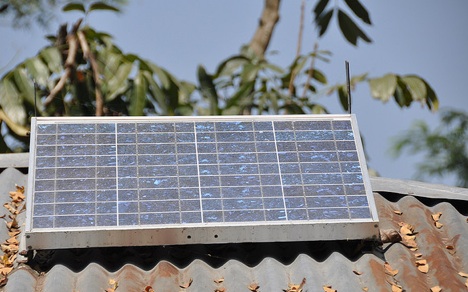Order of the National Green Tribunal regarding felling of trees by solar power companies, village Kunidhar, Almora, Uttarakhand, 13/02/2025
<p>Order of the National Green Tribunal in the matter of Bhuwan Chandra Bhatt Vs Member Secretary, Uttarakhand Pollution Control Board & Others dated 13/02/2025.</p> <p>The application, based on a

